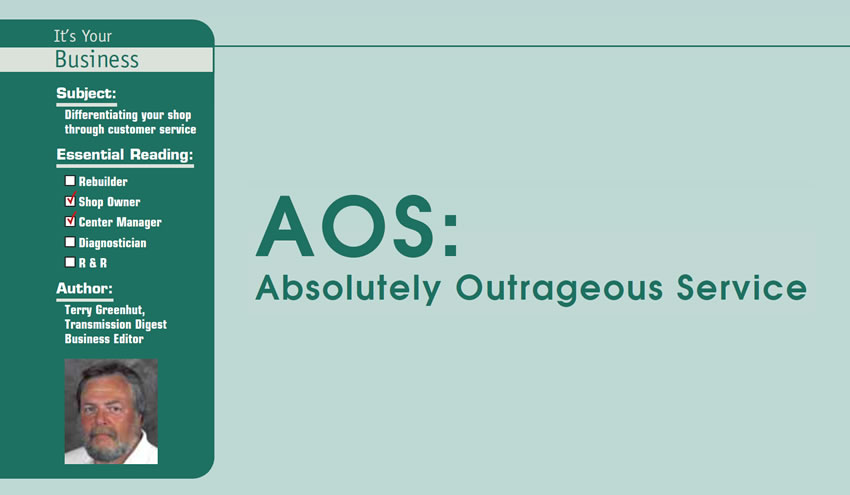Wear in Magnesium Transfer-Case Housings
One OEM supplier estimates that 2 million transfer-case housings have been made from magnesium1. In the aftermarket, these parts have been working their way into transmission shops at an ever-increasing rate. The questions I discuss here are why magnesium transfer-case housings wear so dramatically while their similar aluminum counterparts do not, and how this affects repair choices.
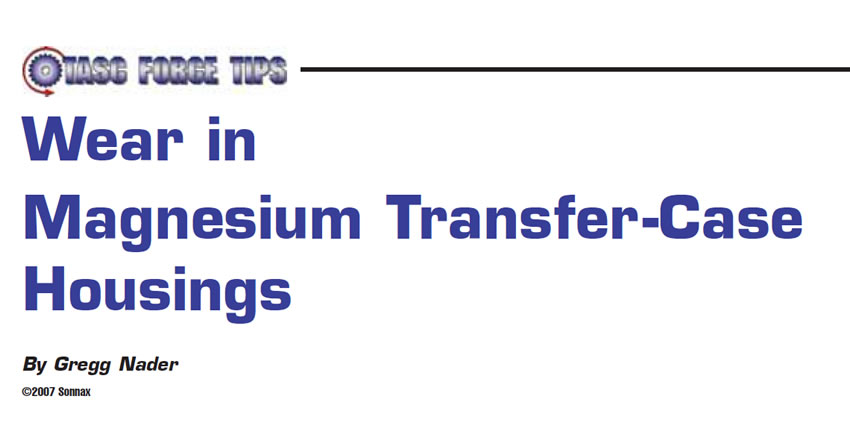
Diagnosing Noises in Manual Transmissions
Continuing with our third article in the series on manual-transmission diagnosis, we now concentrate on noise. Noise is a difficult and time-consuming problem if you do not follow a prescribed step-by-step diagnostic process. Every rotating or moving part in a vehicle creates some noise. The vehicle itself moving through the air creates noise. Tires, exhaust, and suspension parts create noise as part of their normal operation.
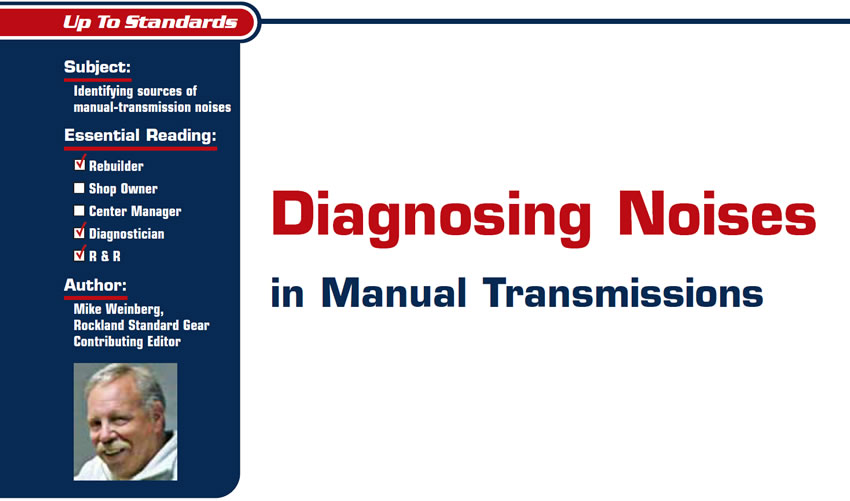
November 2007 Issue
In This Issue
4L60/65/70-E: Input-Shaft-Speed Sensor Added
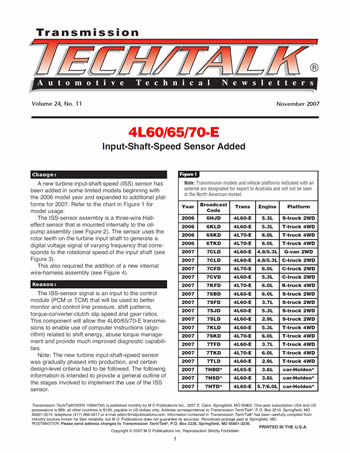
Do You Speak My Language?
The local transmission shop, in an effort to eliminate a code 68, replaced the input- and output-speed sensors, 2-3 solenoid and the transmission-range pressure switch (later you will see why). It also replaced the internal harness and external connector because they where “old and fitted loose.” When the problem persisted, the local transmission shop sent the vehicle to us.
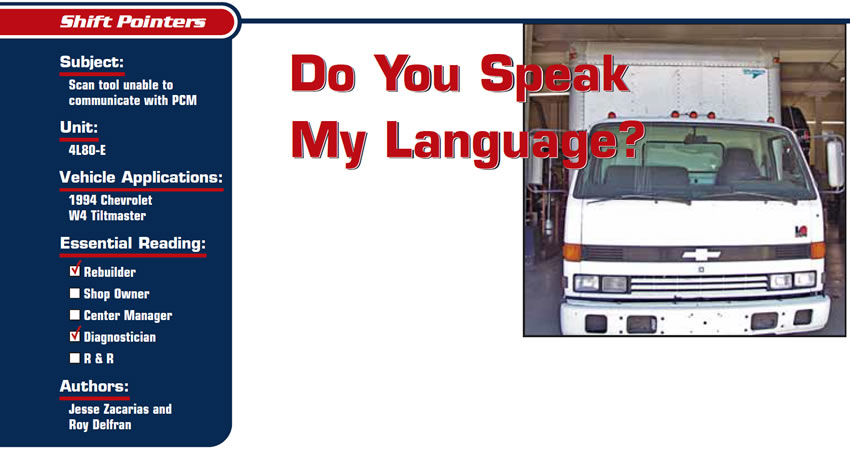
Re-flash – Read All About It
I find any articles or training related to the topic of re-flashing or reprogramming computers to be of great interest and a great help to me and to all transmission technicians because it has become a very prominent repair procedure. In fact, looking through the past 10 years of OE bulletins, I find that the ratio of actual repairs versus computer reprogramming has changed dramatically, totally favoring computer reprogramming.
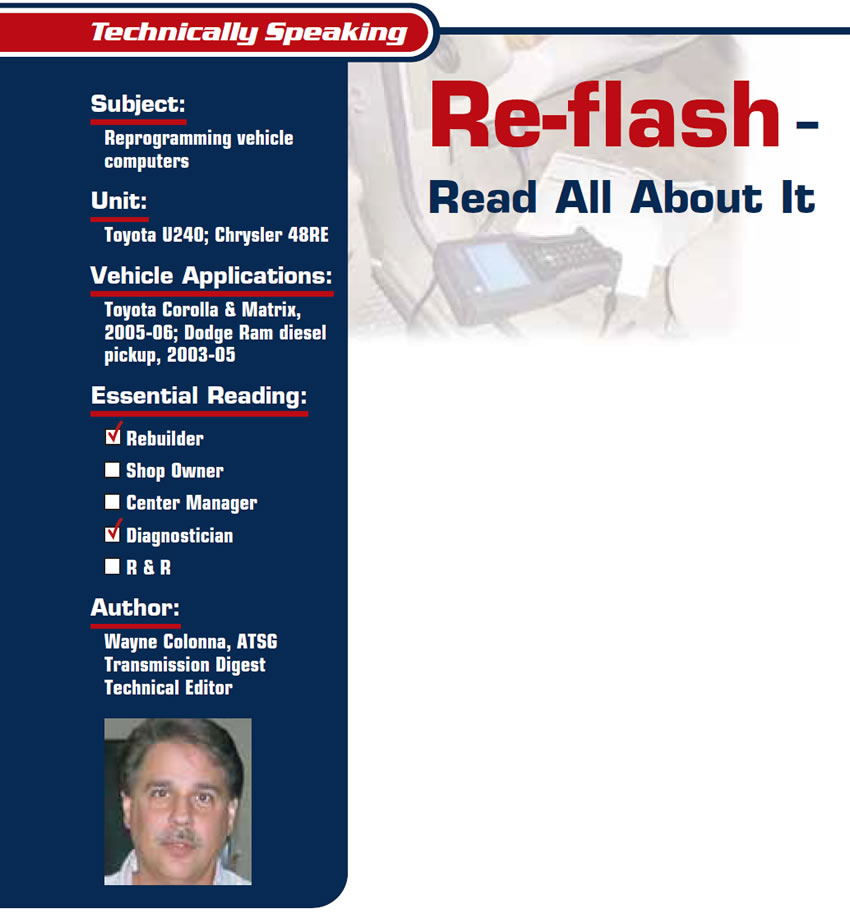
Which Generation of Torque Converter?
Since the release of the Allison 1000/2000/2400 series transmission, four basic torque-converter configurations have been used. TC-210, TC-211, TC-221 and TC-222 can be found in Group 21 of the Allison Parts Book, and these four converters all have different stall torque ratios and “K” factors. Over the years several revisions have been made to the torque-converter assembly process for all four converters, and each time a change was made, a new part number was assigned. None of these changes had an effect on the performance or functionality of the torque converter. Different generations of each of the four converters are completely interchangeable with other generations of the same type.
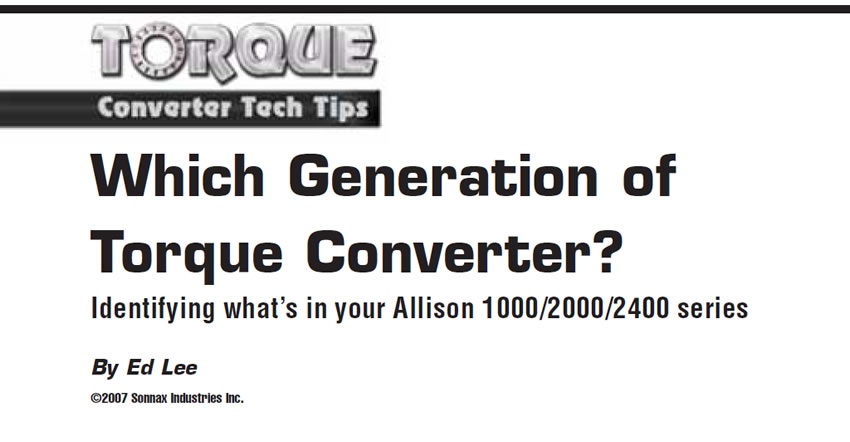
AOS: Absolutely Outrageous Service
So what does impress customers? Things they have never seen an automotive shop do. Things that are so far from normal they will be remembered and talked about at gatherings for years to come. Like, “Let me tell you what happened when I went to get my car fixed. I just couldn’t believe it.”
